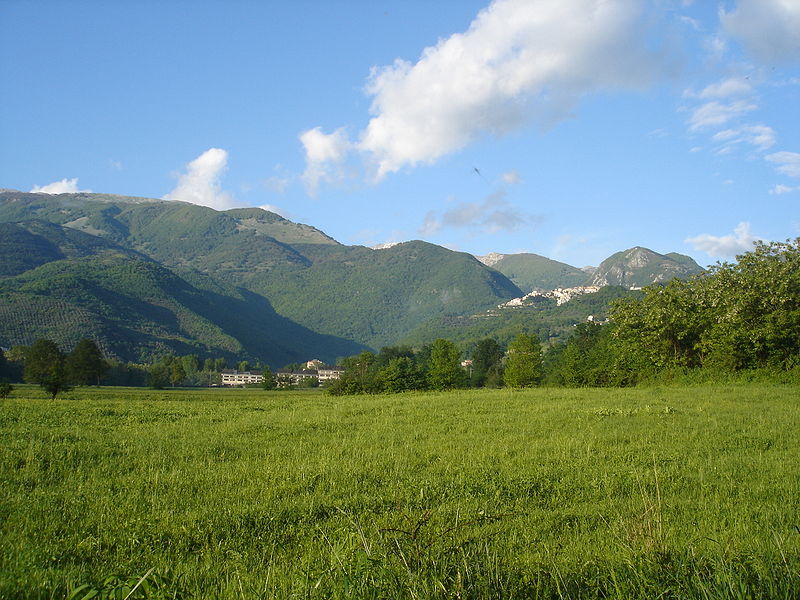To provide observations and information on the emerging fields of landscape scale conservation, heritage preservation, and sustainable community development.
Newsletter
Stay up-to-date with the latest nature, culture and community news.
We won’t spam you or share your information. Newsletters are sent approximately 10 times a year. Unsubscribe at any time.
1981 and 2017: What Can We Learn?
Flagging Sites of Universal Value
Welcome to the Living Landscape Observer
The word landscape has power. It evokes the sweep of a great river valley, a vista of agricultural fields with scattered farms and small towns,
Women in Preservation 2013 Breakfast
Women in Preservation (WIP) is hosting an exciting breakfast this November 19. Registration and speaker information after the jump.

NPS Names First Superintendent for Harriet Tubman Underground Railroad National Monument
Established by Presidential Proclamation on March 25, 2013, Harriet Tubman Underground Railroad National Monument commemorates the life of the most famous conductor on the Underground Railroad, a fearless woman who enabled many enslaved people to emancipate themselves and escape to freedom in the North. The site now has its first permanent Superintendent, Cherie Butler, a a 21-year veteran of the National Park Service.

Government Shutdown: US National Park Service in the Spotlight
The actions of the National Park Service came under heightened scrutiny during the recent government shutdown. Reflections on lessons learned and options for the future.

The Italian-New York Connections on Parks and Protected Areas
As an advocate of parks, protected areas and historic preservation in New York State and beyond, my interest has been less with the traditional public estate parks (local, state and national) and more with area wide parks, greenways, landscapes and heritage areas like the six million acre Adirondack Park, the 3 million acre Hudson River Greenway and state and national heritage areas. I expected to find historic landscapes in Italy that were being managed as parks, but thanks to the emerging effect of the European Union (“EU”) I found more park interest and activity than I expected.
Welcome to the Living Landscape Observer
The word landscape has power. It evokes the sweep of a great river valley, a vista of agricultural fields with scattered farms and small towns,
Women in Preservation 2013 Breakfast
Women in Preservation (WIP) is hosting an exciting breakfast this November 19. Registration and speaker information after the jump.

NPS Names First Superintendent for Harriet Tubman Underground Railroad National Monument
Established by Presidential Proclamation on March 25, 2013, Harriet Tubman Underground Railroad National Monument commemorates the life of the most famous conductor on the Underground Railroad, a fearless woman who enabled many enslaved people to emancipate themselves and escape to freedom in the North. The site now has its first permanent Superintendent, Cherie Butler, a a 21-year veteran of the National Park Service.

Government Shutdown: US National Park Service in the Spotlight
The actions of the National Park Service came under heightened scrutiny during the recent government shutdown. Reflections on lessons learned and options for the future.

The Italian-New York Connections on Parks and Protected Areas
As an advocate of parks, protected areas and historic preservation in New York State and beyond, my interest has been less with the traditional public estate parks (local, state and national) and more with area wide parks, greenways, landscapes and heritage areas like the six million acre Adirondack Park, the 3 million acre Hudson River Greenway and state and national heritage areas. I expected to find historic landscapes in Italy that were being managed as parks, but thanks to the emerging effect of the European Union (“EU”) I found more park interest and activity than I expected.


